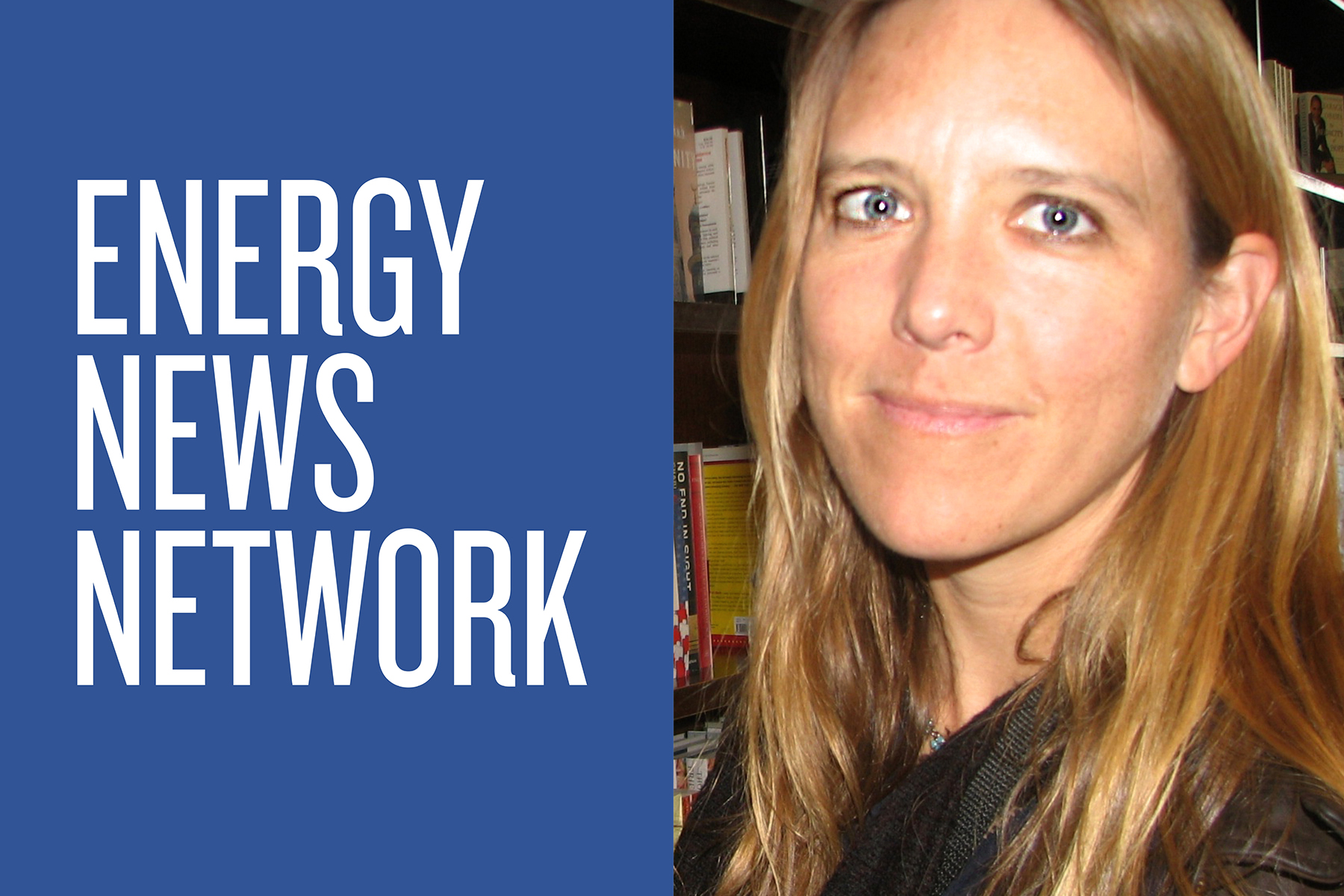 In our “behind the scenes” blog series, get to know our amazing team of dynamic journalists who make the Energy News Network possible. This month, we profile Kari Lydersen who reports out of Chicago and has been with the Energy News Network since 2011. Kari covers Illinois, Wisconsin and Indiana.
In our “behind the scenes” blog series, get to know our amazing team of dynamic journalists who make the Energy News Network possible. This month, we profile Kari Lydersen who reports out of Chicago and has been with the Energy News Network since 2011. Kari covers Illinois, Wisconsin and Indiana.
You currently report out of Chicago, is that your hometown?
No, I was born in Denver and grew up in San Diego, California. I attended Northwestern University on a swimming scholarship and immediately jumped into the world of Chicago journalism. I made the Midwest my home after graduating. I still miss the mountains and ocean, but I’ve grown to appreciate the subtler natural beauty of the Midwest and I love how energy reporting has helped me learn more about the Midwestern ecosystems and the co-existence of industry and nature.
Why do you like reporting on energy?
I love journalism in general because it allows the reporter to explore different topics, worlds and scenes and how seemingly unrelated things intersect—I love this especially about energy reporting. Technology, science, policy, history and great human stories are all involved in understanding and reporting on energy—energy stories typically involve the complexity and contradictions that make a good story. Issues are rarely black and white, and when you get past some of the weediness and jargon, there is plenty of drama and deeper philosophical questions to plumb in most energy stories.
What is your favorite energy story?
I can’t necessarily choose one favorite. A story I feel deeply connected to and endlessly fascinated by is the tale of Chicago’s coal plants, plus the State Line coal plant just across the border in Indiana. I live less than a mile from the coal plant in the Pilsen neighborhood, and run, bike or kayak past it on a daily basis. I especially love kayaking in the Chicago River up the slips where coal was delivered to the plant before it closed in 2012, marveling at the architecture and imagining the plant 100 years ago when it literally provided the power to build Chicago into the city that we know. It took so much ingenuity and audacity to imagine and figure out how to harness power from this organic material found deep in the earth back in those days, the same kind of spirit that we see with wind, solar and other forms of clean energy today.
I’ve also spent time reporting on energy in Puerto Rico, which is faced with rebuilding its energy system after Hurricane Maria, and hopefully transitioning to a more sustainable and healthy one. While the landscape and climate in Puerto Rico could hardly be more different from the Midwest, I think the ongoing efforts on the island have much insight to offer for the Midwest.
What role does journalism play in the evolution or revolution that our energy landscape is undergoing?
Journalism is crucial to helping the public and stakeholders understand important policy, technology and legislative developments related to energy, so they can participate in the democratic processes that help determine our energy future and help us reach the best solutions. On a deeper level, I hope journalism can pique people’s curiosity about energy—how it’s generated, transmitted and stored, where it comes from and how it’s harnessed because it’s one of those things we take for granted until we start asking questions that lead to awe-inspiring and fascinating insights.
Read Energy News Network stories by Kari Lydersen.
The Energy News Network is published by Fresh Energy, a non-partisan, nonprofit organization that advocates for clean energy policy. The Energy News Network is an editorially independent news and information site, and its contents should not be considered to reflect policy positions of Fresh Energy or our donors.

